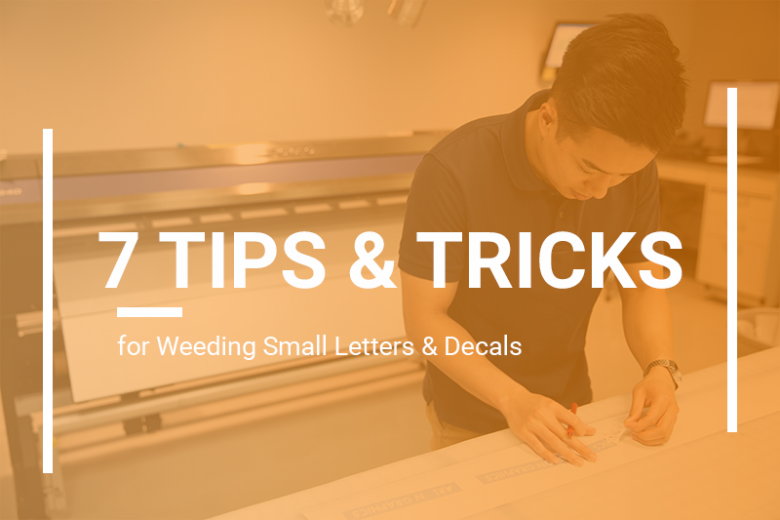Urban Prints, a dynamic and innovative vehicle wrap company, recently took on an exciting project: their team transformed a McLaren into a visually stunning, ready for the road masterpiece. With the help of Arlon’s materials, the team delivered a striking design that perfectly balanced performance with style. Let’s explore the design process, colour selection, and […]
The vehicle wrapping industry in EMEA is experiencing remarkable growth, driven by innovation and increasing demand. As we approach 2025, several key trends are shaping the future of this versatile solution for customisation, protection, and branding. Rapid Market Growth One of the most important signs of growth is the upward trajectory of the European vehicle […]
Before there was the question of which vinyl film to use on a vehicle wrap, paint was the only media of choice. Fast-forward 70 years, factor in massive technological advances in adhesives and liners, we have today’s vehicle wrap films. With new technologies come new questions, such as do I need to use a Cast […]
Registering vinyl graphics can make applying multiple panels across a large graphic laborious. The good news is, we’re here to make your life easier! Today, we’re covering the fundamentals for registering vinyl graphics from creating the perfect registration mark to removing the liner. Here is it, our Basic Guide to Registering Vinyl Graphics. Key Terms […]
Vinyl wraps have become increasingly popular on boats and watercraft’s, making them the everyday option over paint. When comparing the cost of painting, a boat wrap will save you time, are long-lasting, and a fraction of the price. With no surprise installing on a boat or watercraft is very different from installing on a vehicle. […]
Do you know the hardest part of making small decals and letters? Weeding! If you are not familiar with weeding, it is removing all excess material from any decal or graphics that are cut-to-shape. Weeding small letters and decals can be a difficult task, but learning how to weed small letters and decals is crucial […]



